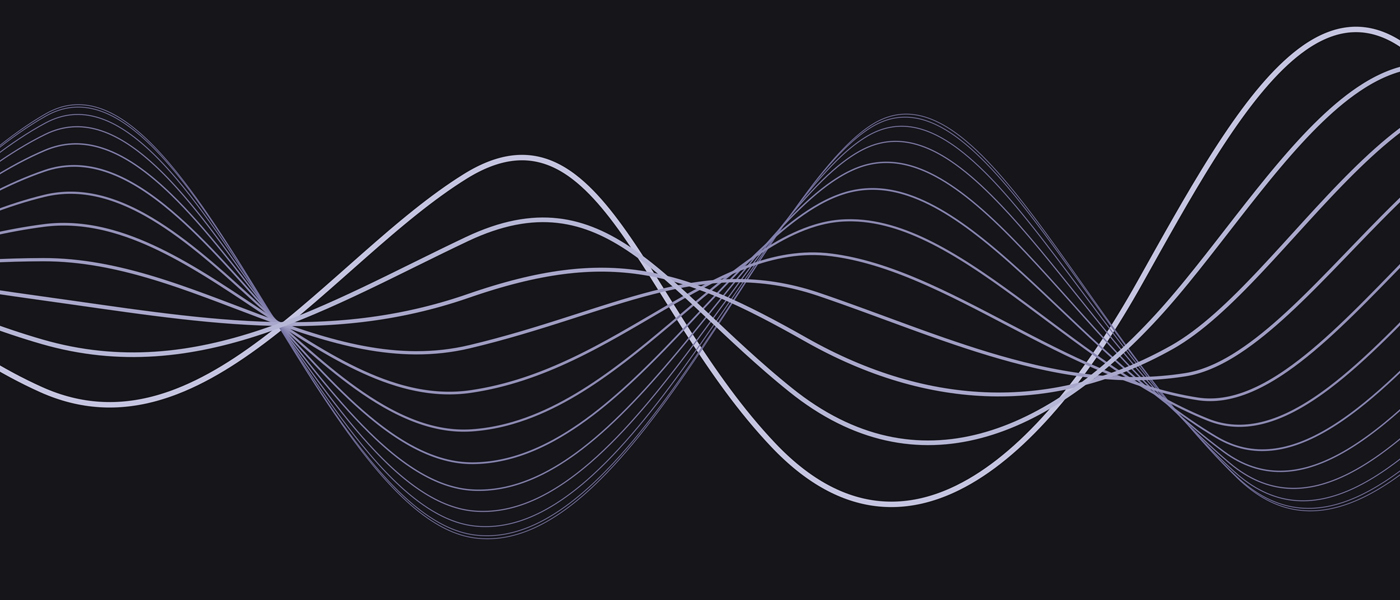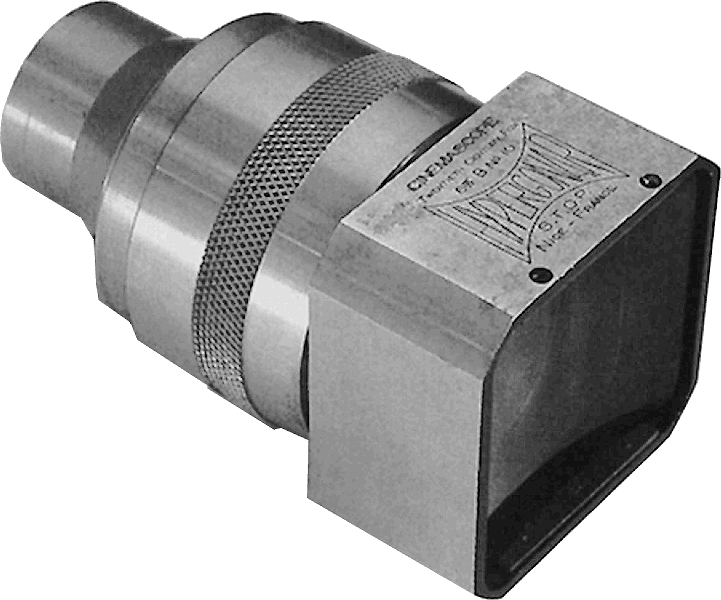Introduced in the 1950s as a response to the rising popularity of television, anamorphic lenses allowed filmmakers to capture images in a wider aspect ratio without sacrificing image quality. This innovation enabled the creation of the iconic widescreen “CinemaScope” format, which not only elevated the visual spectacle of films but also helped differentiate the theater experience from watching TV at home. By “squeezing” a wider field of view onto standard 35mm film and then “un-squeezing” it during projection, anamorphic lenses allowed for grander compositions, expansive landscapes, and more immersive visual storytelling—all crucial elements for drawing audiences back into cinemas.
Beyond the technical advancements, anamorphic lenses profoundly influenced the emotional and aesthetic impact of films. The unique characteristics they introduce— such as horizontal lens flares, oval-shaped bokeh, and a distinct shallow depth of field— all contribute to a cinematic look that many associate with truly epic storytelling and increased emotional depth. Directors and cinematographers have embraced these visual traits to create a sense of grandeur and intimacy simultaneously, allowing audiences to feel more connected to the narrative and characters. From sweeping science fiction epics to intimate dramas, anamorphic cinematography has become synonymous with high-caliber filmmaking. Its enduring popularity demonstrates how a technological innovation, when paired with artistic vision, can redefine not only how films are made but also how they are experienced by audiences around the world.
What is an anamorphic lens, and how does it differ from conventional spherical lenses?
The main difference between spherical and anamorphic lenses lies in how they bend and shape light, especially in the horizontal dimension. Here’s a breakdown of the key differences in design and function:
Spherical Lens Design:
● Optical Elements: Uses symmetrical, spherical lens elements (curved equally in all directions).
● Image Capture: Projects the image directly onto the sensor (ideally) without distortion.
● Field of View: Captures a regular, undistorted field of view.
● Shape: All lens elements are round and uniform in curvature.
● Output Image: Normal aspect ratio, no need for de-squeezing.
● Bokeh: Out-of-focus highlights are circular.
Anamorphic Lens Design:
● Optical Elements: Includes cylindrical or oval-shaped elements (often at the front of the lens).
● Image Capture: Squeezes the horizontal field of view to fit more scene onto the sensor (e.g., 2x or 1.33x squeeze).
● Field of View: Much wider — excellent for cinematic widescreen aspect ratios (like 2.39:1).
● Shape: Lens elements are asymmetrical — curved more in one direction (usually horizontal).
● Output Image: Looks horizontally squeezed and must be de-squeezed in post.
● Bokeh: Creates oval bokeh and horizontal lens flares — both iconic anamorphic looks.
Summary:
| Feature | Spherical Lens | Anamorphic Lens |
| Element Shape | Spherical | Cylindrical/asymmetrical |
| Image Shape | Normal | Horizontally squeezed |
| Aspect Ratio Support | Standard (16:9, etc.) | Wider (2.39:1, etc.) |
| Optical Flare | Minimal | Horizontal streaks |
| Bokeh | Round | Oval |
Secrets Sponsor
Original CinemaScope Lenses (1950s):
Photo © https://www.widescreenmuseum.com/widescreen/wingcs1.htm
● Two-Part Design:
- Used a spherical taking lens in the rear paired with a separate anamorphic attachment (called a “front anamorphic”) on the front.
- The anamorphic element sat in front and only compressed the horizontal field of view. You can see the side-to-side curve of the lens in the above photo of the original CinemaScope lens invented by Henri Chrétien.
- A 50mm spherical lens on the rear “saw” a 25mm field of view horizontally and the unaffected 50mm view vertically. So, the anamorphic lens on the front essentially squeezed the 25mm horizontal view onto the film. This required a very careful selection of the particular 50mm spherical lens elements.
● Simple Cylindrical Optics:
- Early lenses used single-cylinder elements that compressed the image uniformly.
- Typically fixed compression (2x squeeze).
● Focus Issues:
- The taking lens and anamorphic element had to be focused separately, which made the operation cumbersome.
● Artifacts:
- Heavy distortion, chromatic aberration, and soft corners were common.
- Horizontal flares and oval bokeh were present, but often unintentional.
● Large & Bulky:
- These setups were physically large and awkward, limiting movement and close focusing.
Modern Anamorphic Lens Design:
● Integrated Design:
- The anamorphic and spherical optics are designed together in a single lens housing.
- This results in tighter integration, better image quality, and easier handling.
● Multi-Element Anamorphic Groups:
- Uses multiple cylindrical elements (sometimes front and rear groups) to correct aberrations and control squeeze.
● Variable Squeeze Ratios:
- Available in 1.33x, 1.5x, 1.8x, and 2x, depending on the look and sensor format.
● Single Focus Mechanism:
- Modern lenses allow for single-ring focusing, even with complex anamorphic groups.
● Better Correction:
- Reduced distortion, improved corner sharpness, and better chromatic control.
● Custom Character Options:
- Lenses are now tailored for “vintage look”, flare control, bokeh shape, etc.
● Compact Designs:
- Especially with digital mirrorless and cinema camera systems, modern anamorphic lenses are lighter and more practical.
Comparison Table:
| Feature | CinemaScope Lenses (1950s) | Modern Anamorphic Lenses |
| Anamorphic Element | Front-only, separate | Integrated multi-element design |
| Focus Mechanism | Dual focus (spherical + anamorphic) | Single focus ring |
| Squeeze Ratio | Fixed (2x) | 1.33x to 2x options |
| Aberration Correction | Minimal, high distortion | Multi-group correction |
| Build Size | Bulky, heavy | More compact, balanced |
| Flare/Bokeh | Harsh, uncontrolled | Controlled, artistic options |
Secrets Sponsor
The development of anamorphic lenses revolutionized the art and technology of filmmaking, offering a wider visual canvas that reshaped cinematic storytelling. By enabling filmmakers to craft more immersive, emotionally resonant images, anamorphic lenses helped define the aesthetic of modern cinema. Their influence extends beyond technical enhancement, fostering a deeper connection between audiences and the stories on screen. As both a creative tool and a symbol of cinematic grandeur, anamorphic technology continues to play a vital role in how films are envisioned, shot, and experienced – solidifying its place as a cornerstone in the evolution of visual storytelling.
REFERENCES
- Ray, Sidney F., Applied Photographic Optics (Focal Press, various editions)
- Kingslake, Rudolf, A History of the Photographic Lens (Academic Press, 1989)
- Cook, David S., A History of Narrative Film
- Brown, Blain, Cinematography: Theory and Practice (Routledge)
- Smith, Warren J., Modern Optical Engineering
- Kingslake, Rudolf and Kingslake, Hilda Conrady, Lens Design Fundamentals
- Greivenkamp, John E., Field Guide to Geometrical Optics (SPIE Field Guides)
- Baker, H. E., “Design of Cylindrical Lenses for Anamorphic Systems” Journal of the Optical Society of America, Vol. 45, No. 2, 1955.
- Kidger, M. J., “Anamorphic lens design for cinematographic applications” Proceedings of SPIE, Vol. 1354, 1990.
- Tozer, Jim, “Anamorphic Lenses: Past, Present and Future”, Film and Digital Times, various issues.
- Belton, John, Widescreen Cinema (Harvard University Press, 1992)
- Salt, Barry, Film Style and Technology: History and Analysis
- American Cinematographer Magazine Archives, (https://ascmag.com/)
- Society of Motion Picture and Television Engineers (SMPTE) Journal
- SPIE Digital Library, (https://www.spiedigitallibrary.org/)



